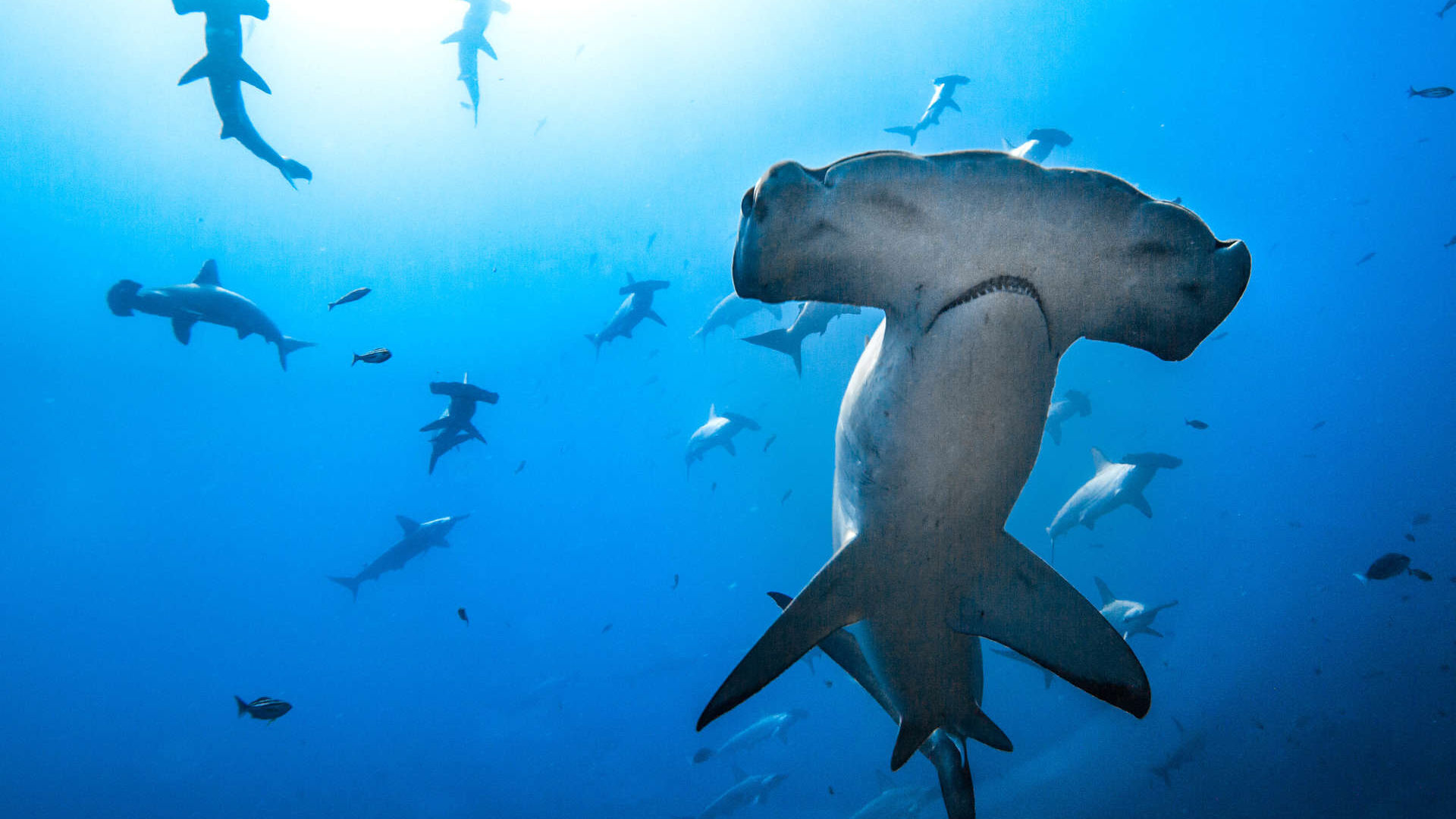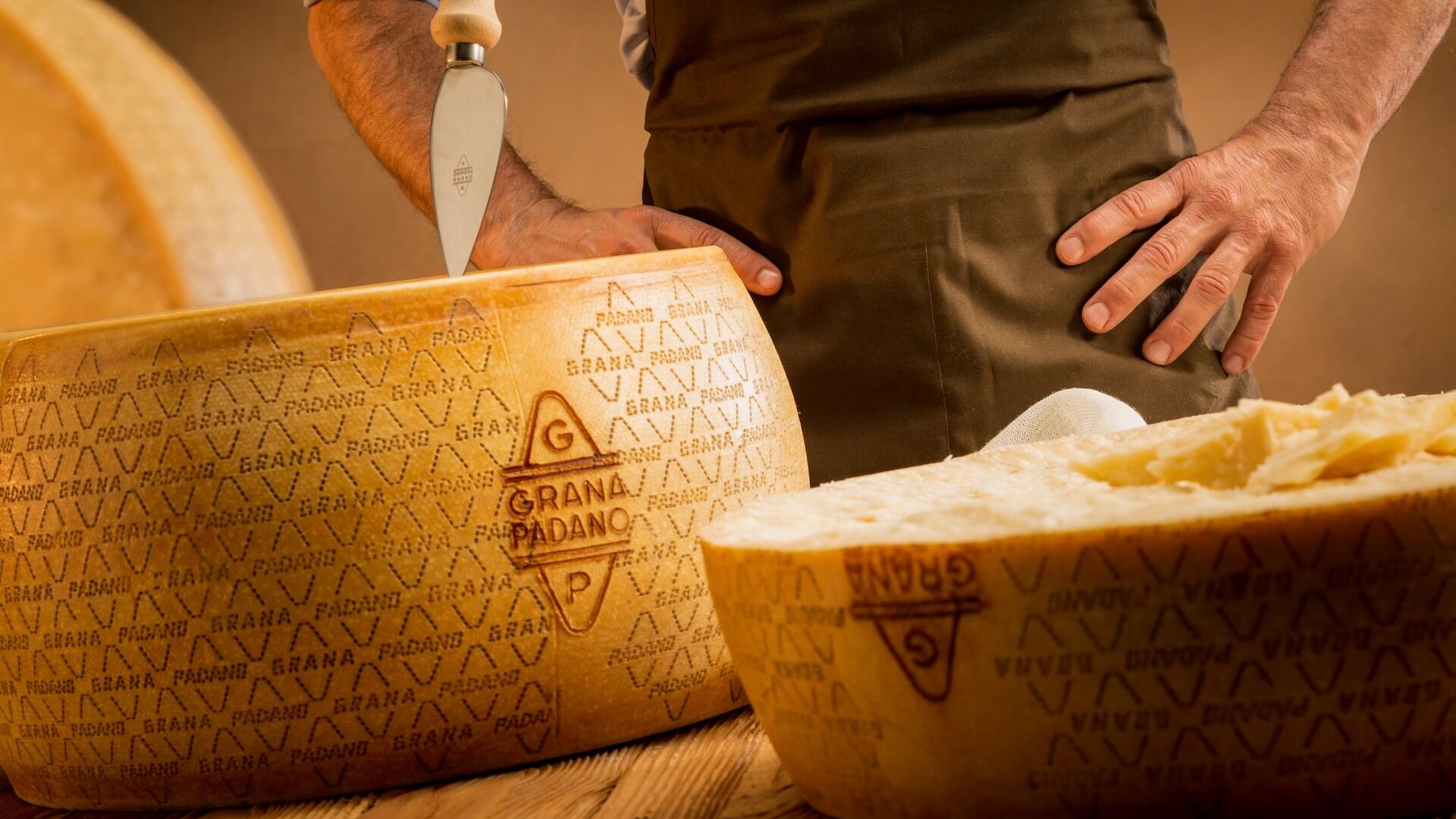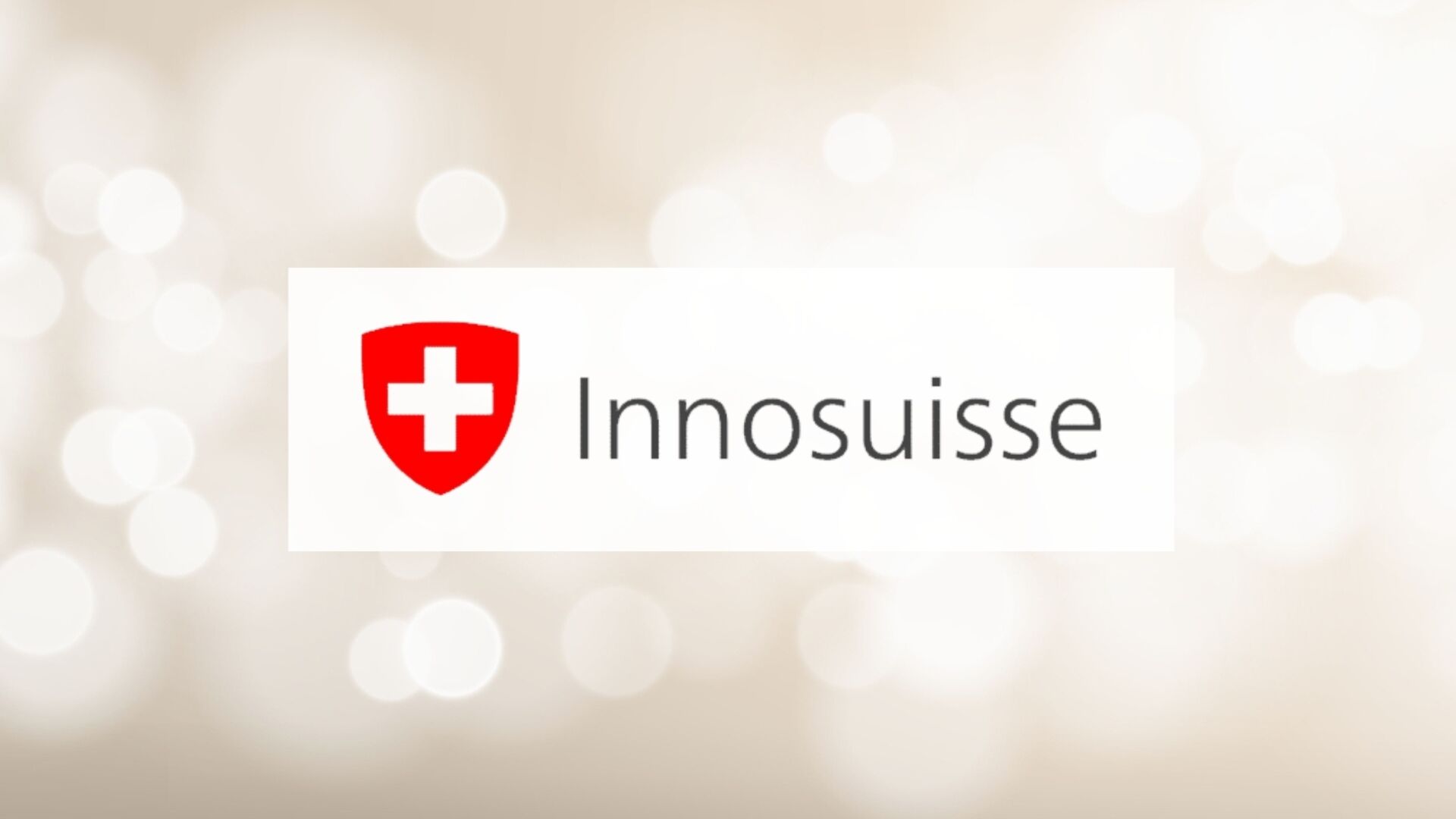Long or short landing page? The riddle!
Long or short landing page? The riddle!
The front page of a website is like the entrance to our business – it can tell a lot about it and using the right approach is invaluable.
When we have to tackle a project and create a landing page, we take it for granted that the user, regardless of the sector, product, service, etc., necessarily needs a lot of information before taking an action, and therefore converting. But is it really so? In this article we see how to approach the analysis of a project for the promotion of a product or a service and what are the criteria that determine one choice, rather than another, on the copy of a landing page.
A famous advertiser, Richard Vaughn, who in 1980 created this table called FCB Grid, comes to our aid on the subject:
Basically he divides this grid into four blocks, where on the vertical axis we find the "user involvement" and on the horizontal axis we find "the perceptive sense" of the product or service he is looking for.
The degree of user involvement determines the extent to which a person needs indications and explanations and above all wants to read various information and therefore needs to be led towards conversion. Ultimately, before choosing, requesting a quote and buying, in addition to the information, he must psychologically "justify" his choice. If, on the other hand, he is looking for a more urgent, more necessary product or service that he just can't do without, he doesn't want too much information, but he wants to satisfy his need for him very quickly.
Web Design: how to choose the right colors for a site?
Let's analyze Vaughn's four blocks: block 1
In this area we find those products or services that are needed, that are strictly necessary, that are urgent and that otherwise the user, if he does not solve them, would find himself in a problem. The search for a solution in this area is conscious.
Let's take some examples:
- you put the key in the lock and accidentally the keys broke inside you;
- your car has stopped on the side of the road and you have no way to get home;
- a pipe broke in your house and you were forced to turn off the water, otherwise your house would flood;
And so on…
In this situation is that user who makes an express, aware request.
2 block
In block 2 we find those products or services where the user is looking for something that could lead to an improvement in his life. He is therefore not in a situation of discomfort (as in block 1), but his situation, his life remain serene, and he is only looking for something more. Examples:
- you've decided to change your car and you're looking for "a more beautiful one";
- your wife complains that your 7 kg washing machine is small and would like a bigger one, at least 9 kg;
- your colleague is a Harley rider and you get excited every day when you hear him talk about a sense of freedom and wind on his face and he puts a great desire into your head to buy a nice motorbike;
- you are a big fan of films and having a room available you have finally decided to buy yourself a home theater.
And so on…
The (right) copywriting for websites and social networks
3 block
In this area we find those users who are looking for a product that does not create particular interest, they have to buy it precisely because it is needed. Some examples could be toothpaste, paper handkerchiefs, salt for the dishwasher, etc. therefore, products that are served, but that there is not that emotional involvement such as to determine the choice of a profound copy to convince the user to convert. In this case the user is more attentive to the price and the brand, where the latter is abundantly stimulated by the daily hammering he receives on television and radio. In fact, "dazed" by the continuous advertising bombardment will automatically be led by inertia to buy this or that product. Obviously, in this area, the price also plays a very important role, where, in addition to the brand, offers, for example, will be greatly considered. An example could be:
How many clicks are needed to buy on the web
4 block
In the latter block we find a less direct type of promotion than in block 3, while maintaining the focus on the product and service. Here we find all those needs recalled by emotional impulses, such as sweets, pastries, pizza, focaccia, Neapolitan puff pastry, beer, wine, liqueurs, etc. therefore all those things that could satisfy personal needs, therefore satisfying one's personal impulses. In this area we find a low user involvement and advertising will have to excite, tell a story, make people smile… An example could be:
The information architecture of a website
The areas to consider for a landing page
In the first two blocks we find the optimal solution for your communication. In the two blocks in the lower part no. The landing page could be a wrong solution because the user doesn't need so much information before purchasing, but above all he doesn't need to be accompanied. He therefore does not need to know advantages, benefits or who knows what emotions. Perhaps he is more interested in price, in the quantity-price ratio, in offers. For this reason, a longer type of communication “path” may be more necessary, such as a funnel, a process therefore, which brings the user ready to buy.
In block 1 you therefore have the urgency, the key is broken, so you urgently need a locksmith to come and help you and let you into the house; the car is stopped, so you need a mechanic or in any case a tow truck who can take the car to the nearest workshop and take you home; the broken pipe with gushing water, so you need a plumber to come and fix the pipe, otherwise you risk ending up like Kevin Costner in his famous film Waterworld.
In this block the user, finding himself in a situation of discomfort and urgency, goes to Google and knowingly expresses his question. In this case he wants to find the solution to his problem immediately, without going around too much. He will therefore not need a long and highly detailed landing, but little information and a clearly visible call to action, with attention to the price, but with minimal information.
So I would organize the landing in a very simple way, with the essential pieces such as brand, headline, usp, most relevant services and a clearly visible call to action.
In the "feel" case, block2, you have no urgency. You are in a certain situation that you simply want to improve. So, you've decided to change your car because you want a more beautiful one, therefore, you haven't remained stranded, you have the car, you're just thinking about buying a more beautiful, more captivating, more performing engine, with a more refined design , etc.
Your wife wants a bigger washing machine, but because she wants to wash more clothes at a time and avoid doing more frequent washing, but she's not washing in the sink or in the river, like the housewives of a completely different generation did. Same thing for the Harley rider, because the bike is a plus, but you didn't stay stranded. Same thing for the film lover who would like the cinema in his home, but it remains a desire and not an urgent necessity.
This is the case of the user who can reach the landing by consciously expressing both a request through Google, and latently through, for example, Facebook or with remarketing. In some cases, placing the product or service at the edge of the area of block 2 (in the far right part, so to speak) it could be useful to insert the user within a sales process, because, considering the prestige of the product or service very high, it is not sure that reaching the landing the user is ready to buy. In this way we would go to educate him, providing him with increasingly useful information, accompanying him towards the purchase decision.
This is because in reality I am trivializing Vaughn's concept a bit because the real table that he had created was much more detailed and indicatively managed to place more or less each product and service in the most appropriate position. Therefore, he not only made a subdivision of the area, but in the same area he inserted a product in a precise position, according to the criteria addressed above. I reduced the information related to the table to a minimum because I wanted to use it exclusively to make people understand if first of all it is appropriate to use a landing page to promote a product or service and how to deal with the copy part.
Here is the example of Vaughn's table:
The future of the Web at the center of the "Digital Summit Liechtenstein" 2023
Case study
I was able to work on promoting a service by placing it in quadrant 1 and quadrant 2. Honestly, I've always thought that people are always looking for information, that they never buy on impulse and always need to be informed and accompanied . In reality it's not really like that and now I'll explain why and how I was able to enter the area of block 2 first with a thousand pieces of information and how I had planned to organize the work; then in block 1 and what kind of results we arrived at in both cases.
Sector: health insurance (if you don't know it, it's healthcare in Switzerland)
Buyer personas: all inhabitants of Switzerland as MANDATORY (pay attention to this detail because it is fundamental)
Promotion channel: Google Adwords and Facebook Ads with retargeting + Landing page
Design for companies, Sketchin: “Always start from change…”
Working in block 2
I leveraged the importance of the presence of an insurance broker. I believed that having a reference person to talk to and always have as a "beacon" for everything could be very important and reassuring when making a choice. I activated the ad on Google Adwords in the evening, the morning after the first contact. WOW I thought, here we go. Maybe this broker-as-reference thing could be a winner. Requests kept coming cyclically and I was honestly quite satisfied with the work done.
This is the first version landing:

Over time, however, we realized that the requests decreased and essentially there was something wrong. It was necessary to think of a plan B. I created a landing similar to the first but instead of taking the broker into consideration, I tried to make it slightly more aggressive, so I put a form on the post of the "reassuring" guy:

The results were not long in coming, in fact the requests practically quintupled. I thought, here we go. It is useless to think that the broker can reassure because it is probably not the one that interests the Swiss the most.
The words to use (and to avoid) in writing for the web
Reflection
Do you remember when I wrote to you to pay attention to the detail of the compulsory Swiss service? In other words, that every Swiss is OBLIGED to have a health insurance fund, it is therefore not optional. This makes it clear that we are in quadrant 1 and not 2, so it is not so necessary to tell the "rava e la fava" because our user (the Swiss) already knows perfectly what he is looking for and simply wants to undo this obligation . What will it consider? The price, the brand (relatively) and the services for the minimum insurance coverage. What they think is "since I really have to do it, let's do it...”. Reevaluating the situation well, I paralleled a new landing, to understand how to receive even more leads and I thought of this one

With this latest landing we have achieved satisfactory results, maintaining a conversion rate of over 40% unlike the first two versions which remained between 10% and 22%.
You may also be interested in:
Four countries, one gigantic ocean: the CMAR case
It is the marine corridor of the eastern tropical Pacific: Panama, Ecuador, Colombia and Costa Rica allied for the protection of seas and marine species...
Lausanne, on the trail of pollution: the story of an incinerator
A team of scientists has reconstructed the events of the Vallon waste-to-energy plant and the invisible contamination that shocked the Canton of Vaud
How the environment determines the characteristics of the cheese
The tasting highlights how, with unchanged production rules, climate and fodder crops influence different organoleptic notes
Innosuisse has achieved its 2023 innovation goals in Switzerland
A record amount of over 490 million francs has been allocated to compensate for the lack of association with the EU's well-known Horizon Europe program
by Editorial staff Innovando.NewsEditorial staff of Innovando.News





